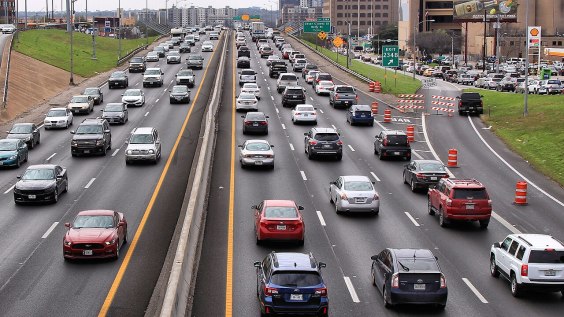Elana linked to this story out of Salt Lake City in the Capitol Hill headline stack
this morning, and it's worth everyone's full attention. Derek Jensen
reports on what may be the biggest impediment to urbanism of them all: the widespread bias of banks against walkable development.
Salt Lake City'snew-urbanism epiphany -- fervently backed by Mayor Ralph Becker and theCity Council -- appears to be catching static from an unlikely source.
Transit-oriented development isn't stymied by outdated zoning,unwilling developers or a lack of space. It turns out, banks, wedded toold-fashioned lending standards that stress parking, may pose thebiggest blockade by denying financing.
The reason: Lenders operate from a tried-and-true principle thatmaintains more parking means less risk and a higher return on theirinvestment. But ditching cars is the whole point of urban developerslooking to create 24-hour live, work and play environments that huglight-rail hubs.
 Real estate lending standards: A work in progress. Photo: MSN.
Real estate lending standards: A work in progress. Photo: MSN.That's right, the same sector that got such fantastic returns from the car-dependent suburban fringe
isn't sold on the viability of neighborhoods where you can get around
without driving. Salt Lake City banks are hardly the exception. We've heard time and again that limits on parking in the Bay Area would send lenders running to the hills (or over them, to Walnut Creek).
If we're ever going to build housing with limited parking and stop the tide of conditional use exemptions to parking restrictions, we'll need banks to change their assumptions. As Jensen reports, Portland shows that it can be done.





